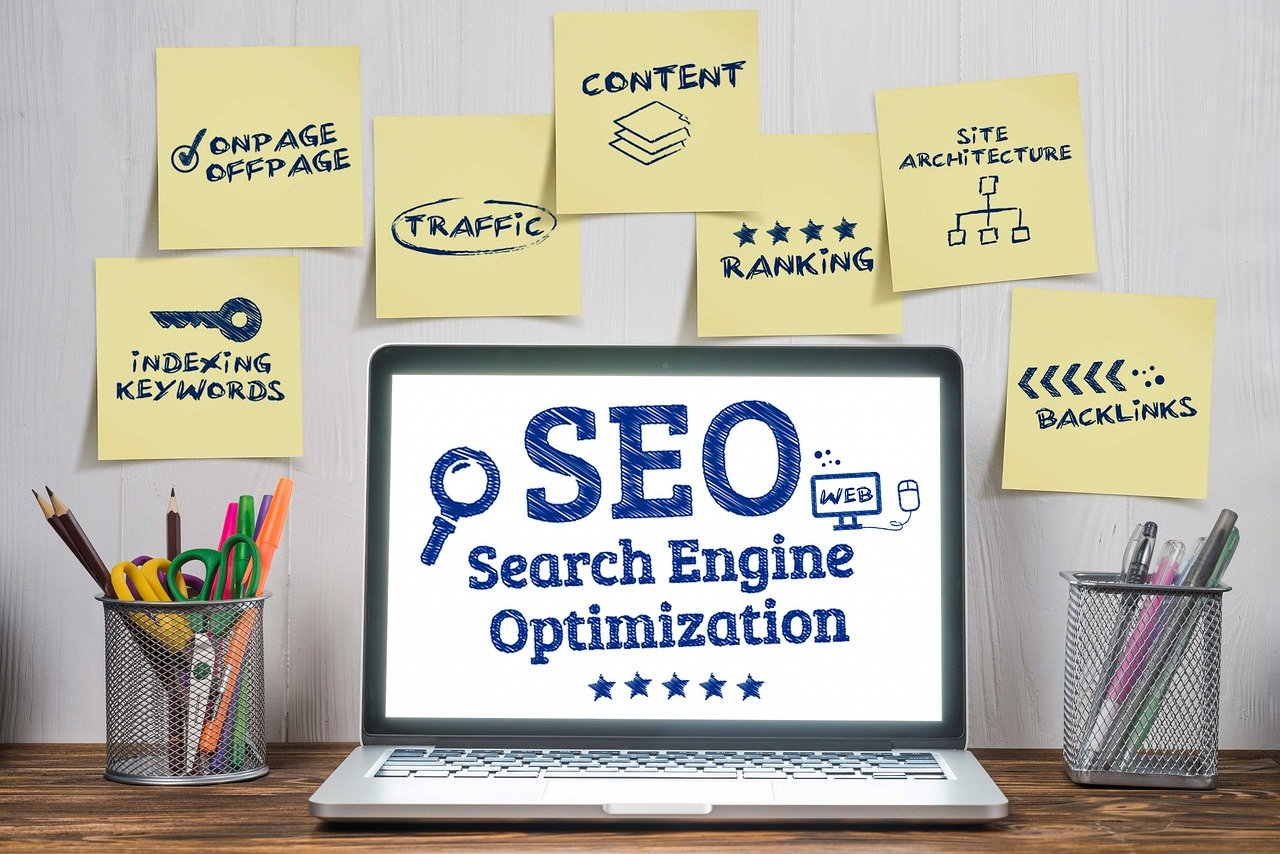Shopify is a popular eCommerce platform for building online stores. It has more than a million users worldwide. With Shopify, you can build your online store and sell products and services online around the globe. You get all the features that are essential to run an online store.
It is a reliable and easy to use service where you don’t really need to know to code for its day to day usage. Unlike WooCommerce – The WordPress eCommerce plugin, Shopify charges a monthly premium to unlock and use all of its services. Moreover, Shopify provides better Customer Support than others.
Search Engine Optimization is important for any website to rank higher in the Search Engine Results. Shopify is no Exception. Though Shopify has SEO Friendly Design and functionality it is deemed to not rank well in the search results.
There is nothing like ‘Google hates Shopify’ but it is the user’s perspective who fails in optimizing their store well.
Also Read: Ten Simple Steps to Get Started with your Shopify Store
With Shopify You Get…
- An easy-to-use interface, all the tools built-in to rank your store for images and regular product-specific searches.
- Excellent Site Structure, a well-structured site with different categories makes it easy for users to navigate within your site and also recommended by the search engines.
- Multiple Staff Accounts for bigger businesses
- 24/7 Multichannel Support is essential as you may someday or the other need expert help.
- Shopify Shipping along with Automatic Shipping Calculation, Label Printing, Competitive Shipping rates from various shipping partners.
- Better Sales Channels where you have the ability to sell products beyond Shopify Ecosystem and sell across social platforms.
- Great Services like Inventory Management, Sales Reports, Finances, Visitor Behavior, Marketing Insights, Custom Reports, etc. at a Great Price.
Some Essential SEO Features within Shopify

Meta Tags (Meta Title and Meta Description)
Meta Tags provide valuable information regarding the page to the users as well as the Search Engines. In formation like the Page Title, Short Description about the contents of the page and what one can expect after clicking the page link.
Shopify allows you to edit the Meta Tags for Pages, Products, and Collections.
Custom URLs
With Shopify, you can change the URL (slug) depending upon the page contents to a better easy to read URL for easy navigation within the store.
Example: mystore.com/products/shoes/sketchers/limited-edition-red-stripes-shoes
Image Alt-Text
You can set Image Alt-Text (Alternative Text) that will be displayed if the image fails to load, or can be used by screen readers to identify the image. Basically, it consists of a very short description of the image. Alt-Text also help to rank product images in image search results.
URL Redirects
The built-in URL Redirects (301 Redirects) section helps to change a page’s URL to a different URL so that the traffic is directed to the new page URL if they somehow stumbled upon the old address.
You can access this page for your Shopify Admin Dashboard > Navigation > URL Redirects
HTTPS (SSL Encryption)
SSL Encryption becomes necessary to encrypt the incoming and outgoing traffic within your Shopify Store. Search Engines prefer SSL Encryption over non-encrypted sites and penalizes those without it.
Many modern browsers like Chrome and Firefox do warn users visiting HTTP links over security concerns. Moreover, having an SSL certificate assures the visitors of the store’s authenticity and builds trust.
Shopify does provide SSL Certificates after you’ve added a custom domain to your store.
Sitemap Generation
A sitemap is a complete list of pages within your website. It is used by Search Engines and Visitors to have an idea of your site’s structure in case you have many categories with thousands of products It can be considered as a Blueprint of your store.
Shopify automatically generates a sitemap that you can’t fully edit. You can find your store’s Sitemap by adding /sitemap.xml at the end of your store’s URL.
Google Analytics
You can Integrate your Google Analytics Account with your Shopify Store to get detailed information about the visiting traffic, its behavior, generate reports, and more insights helping to boost your store’s performance and marketing activities.
You can link your Google Analytics Account by visiting the Shopify Admin Dashboard > Preferences > Google Analytics
Canonical Tags
Canonical Tags allows you to suggest search engines of the original source for multiple duplicate pages. Let say you have multiple pages with the same content on your store, this confuses the Search Engine to find the original source and may prevent you from getting a higher search ranking.
Shopify automatically generates canonical tags.
Also Read: How to Rank Multilingual Shopify Store in 2020?
Tips to Rank Higher in Search Results

As seen in the above points Shopify is a great platform to run your dream store. Though Shopify is all backed up when it comes to SEO you can from your side try and add more value to improve your store.
- Improve Alt Text: Images play a major role in eCommerce. Users tend to search for images to see what they should buy. As discussed in the above points Alt Text is very important for product images to rank in image search results as they are too responsible for bringing decent traffic to your store. You can better the Alt-Text by providing more precise and up to date information.
- Start a Blog: Shopify has the feature to add a blog to your store where you can post product reviews, share interesting content, post regular updates on the latest trends, and more relevant and valuable information about your store and its products or services. People like to read and watch images, videos before buying stuff. So this can be your chance to turn a visitor into a customer.
- Experiment and Learn: It’s okay to get less traffic in the beginning but once you are in the game try and experiment with the stuff. You can better the Store’s Theme, Add Interesting Surveys or Quizzes to reduce bounce rate, Improve the Content with easier to read and simple language.
- Apps for Extra Functionality: Shopify has a booming App Store where you can find various apps from Improving Store’s SEO to Editing Product Images. Shopify Store is loaded with interesting apps to improve productivity, sales, and manage businesses.
SEO Doctor App is one such Awesome Shopify SEO App that lets you fix Shopify SEO issues with ease. SEO Doctor is Feature-Packed and has many Advanced Features to boost your Store’s Traffic and makes it Rank Higher in Search Results.
Its unique Autopilot mode runs 24×7 to find and fix SEO Issues automatically. It fixes broken links and replaces them with the working ones. It comes with a Website Speed Booster to decrease the Page Load Speeds. Its Image Compression feature compresses images for quick loading without reducing the quality. You also get Google Webmaster Tools Integration along with JSON-LD Data Support.
- Brand Building: After you’ve done with your part in optimizing your store to the fullest and have improved its content and navigation. Now you need to spread the word and focus on brand building for this you can collaborate with other contenders of your niche, indulge in social media campaigns, write guest posts for others, build good quality backlinks and improve the Domain Authority of your store.
Final Thoughts
Shopify’s SEO is capable enough for sites to grow and gain visitors. It comes with all the features a site needs to perform better in search results, especially for eCommerce SEO. Also, Even if it be missing something that feature can be found on the Shopify App Store.
In the end, Shopify comes with a 14-day trial where you can try all its features and make the final call on building your future store on its space.

